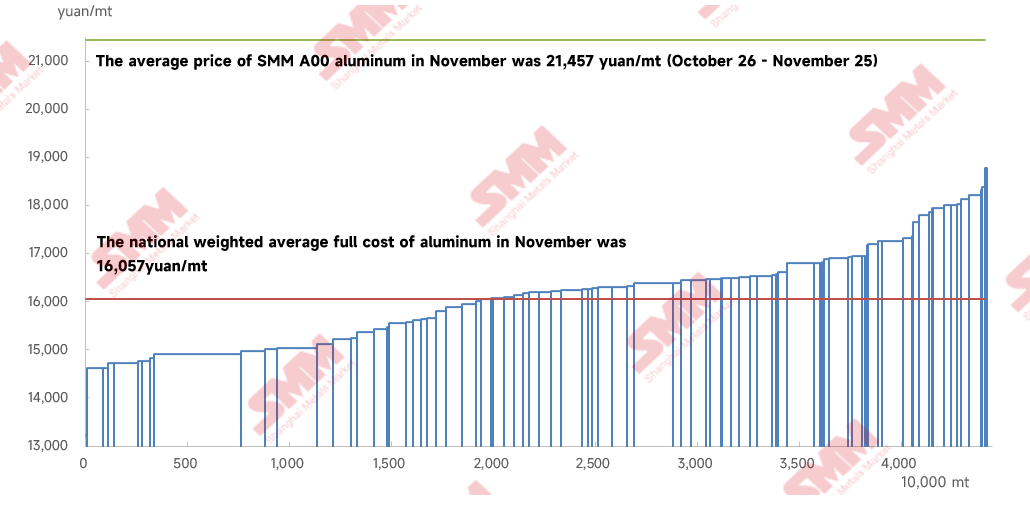Manure substitution for chemical nitrogen enhances soil quality without compromising maize yield: A short-term field experiment in Northeast China – Frontiers

Report on Sustainable Agricultural Practices for Maize Cultivation
Introduction: Aligning Agricultural Practices with Sustainable Development Goals (SDGs)
This report details the findings of a one-year field experiment investigating the substitution of chemical nitrogen fertilizer with organic manure in maize cultivation. The study directly addresses several United Nations Sustainable Development Goals (SDGs) by exploring methods to enhance agricultural productivity while ensuring environmental sustainability. The primary focus is on achieving SDG 2 (Zero Hunger) through stable crop yields, promoting SDG 12 (Responsible Consumption and Production) by reducing reliance on synthetic inputs, and contributing to SDG 15 (Life on Land) by improving soil health and biodiversity.
Methodology
A field experiment was conducted to assess the impact of varying levels of organic manure substitution for chemical nitrogen fertilizer. The experimental design included the following treatment groups:
- Control (CK): 100% chemical nitrogen fertilizer, no manure substitution.
- 25% organic manure substitution.
- 50% organic manure substitution.
- 75% organic manure substitution.
- 100% organic manure substitution.
Analysis of Findings
Impact on Crop Yield and Food Security (SDG 2)
The study’s results on maize yield are critical for ensuring food security. The effects of different substitution rates were as follows:
- 25% Substitution Rate: This was the only treatment that successfully maintained maize yield compared to the control group using only chemical fertilizer.
- 50-100% Substitution Rates: These higher rates led to a significant decrease in maize yield, ranging from 15.9% to 67.2%.
The yield reduction at higher substitution levels was primarily attributed to a negative impact on maize root systems, including decreases in:
- Root biomass (13.5% to 29.1%)
- Root length (14.8% to 43.3%)
- Root surface area (14.1% to 48.8%)
- Root volume (17.9% to 53.4%)
Improvements in Soil Health and Biodiversity (SDG 15)
A key outcome of the study was the significant enhancement of soil quality, a direct contribution to protecting terrestrial ecosystems. All manure substitution treatments increased the soil quality index by 44-55% in the 0-20 cm soil depth. This improvement was driven by increases in several key indicators:
- Soil organic carbon
- Total nitrogen
- Microbial biomass carbon and nitrogen
- Soil enzyme activities
Furthermore, manure application positively influenced soil microbial biodiversity. The abundance of key bacterial phyla, including Actinobacteriota, Acidobacteriota, Gemmatimonadota, and Methylomirabiliota, increased by 12% to 101%. The strong correlation between these bacterial communities and soil nutrient cycling enzymes highlights their crucial role in regenerating soil health and supporting sustainable land use.
Conclusion: An Optimal Strategy for Sustainable Agriculture
The research concludes that substituting 25% of chemical nitrogen with organic manure is the optimal sustainable fertilizer strategy for maize cultivation in Northeast China. This approach successfully balances critical development goals:
- SDG 2 (Zero Hunger): It maintains essential crop yields, supporting food security.
- SDG 15 (Life on Land): It significantly enhances soil quality and microbial biodiversity, combating land degradation.
- SDG 12 (Responsible Production): It promotes a shift towards more sustainable production patterns by reducing dependence on synthetic fertilizers and recycling organic resources.
Therefore, the adoption of a 25% organic manure substitution rate is recommended as a viable and effective practice for advancing sustainable agriculture.
Analysis of Sustainable Development Goals in the Article
SDGs Addressed or Connected to the Issues
-
SDG 2: Zero Hunger
The article directly addresses food security and sustainable agriculture by investigating methods to maintain crop yield. The central focus is on maize, a staple food crop, and finding a fertilizer regime that does not negatively impact its production. The research aims to “maintain maize yield” while improving other environmental factors, which is crucial for ensuring a stable food supply.
-
SDG 12: Responsible Consumption and Production
This goal is relevant as the study explores substituting synthetic “chemical nitrogen” with organic manure. This practice represents a move towards more sustainable production patterns by reducing reliance on manufactured chemicals and promoting the use of organic waste (manure) as a resource, thus contributing to the environmentally sound management of chemicals and waste.
-
SDG 15: Life on Land
The research is deeply connected to protecting terrestrial ecosystems by focusing on soil health. The article explicitly measures the impact of manure substitution on “soil quality,” “soil organic C,” “total nitrogen,” and “microbial biomass.” By seeking methods to enhance these soil properties, the study contributes directly to efforts to combat land degradation and improve soil health, which is a cornerstone of this SDG.
Specific Targets Identified
-
Targets under SDG 2 (Zero Hunger)
- Target 2.4: “By 2030, ensure sustainable food production systems and implement resilient agricultural practices that increase productivity and production… and that progressively improve land and soil quality.” The article’s entire premise is to test a sustainable agricultural practice (manure substitution) to find an “optimal substitution rate (25%)” that can “maintain maize yield” while simultaneously serving as a “sustainable fertilizer regime to enhance soil quality.”
-
Targets under SDG 12 (Responsible Consumption and Production)
- Target 12.2: “By 2030, achieve the sustainable management and efficient use of natural resources.” The study promotes the use of manure, an organic resource, as a substitute for synthetic chemical fertilizers, which is a clear example of more efficient and sustainable resource management in agriculture.
- Target 12.4: “By 2020, achieve the environmentally sound management of chemicals… and significantly reduce their release to… soil…” The research on “manure substitution for chemical nitrogen” directly aims to reduce the application of chemical fertilizers to the soil, thereby minimizing their potential environmental risks.
-
Targets under SDG 15 (Life on Land)
- Target 15.3: “By 2030, combat desertification, restore degraded land and soil… and strive to achieve a land degradation-neutral world.” The study provides a method to improve soil health, a key component of restoring degraded land. The findings show that manure substitution “increased soil quality index by 44‒55%” by boosting “soil organic C, total nitrogen, microbial biomass C and N, and enzyme activities.”
Indicators Mentioned or Implied
-
Indicators for Target 2.4
- Maize Yield: The article explicitly measures this as a primary outcome. It states that a “25% substitution rate maintained maize yield,” while higher rates “decreased maize yield by 15.9‒67.2%.” This is a direct indicator of agricultural productivity.
- Root Traits: The study measures “root biomass,” “length,” “surface area,” and “volume” as indicators of plant health and their contribution to yield.
-
Indicators for Targets 12.2 and 12.4
- Rate of Manure Substitution: The experimental design itself, using “four organic manure substitution rates (25%, 50%, 75%, and 100%),” serves as an indicator of the extent to which chemical inputs are being replaced by organic resources.
-
Indicators for Target 15.3
- Soil Quality Index (SQI): This is a composite indicator directly mentioned and measured in the article, which found that manure substitution “increased soil quality index by 44‒55%.”
- Soil Physicochemical Properties: The article specifies several components that contribute to the SQI, which can be used as individual indicators of soil health, including “soil organic C,” “total nitrogen,” and “enzyme activities.”
- Soil Microbial Properties: The study measures “microbial biomass C and N” and the “abundance of Actinobacteriota, Acidobacteriota, Gemmatimonadota, and Methylomirabiliota” as biological indicators of soil health and nutrient cycling functions.
Summary Table of SDGs, Targets, and Indicators
| SDGs | Targets | Indicators |
|---|---|---|
| SDG 2: Zero Hunger | 2.4: Ensure sustainable food production systems and implement resilient agricultural practices that improve land and soil quality. |
|
| SDG 12: Responsible Consumption and Production |
12.2: Achieve the sustainable management and efficient use of natural resources.
12.4: Achieve the environmentally sound management of chemicals and reduce their release to soil. |
|
| SDG 15: Life on Land | 15.3: Combat desertification, restore degraded land and soil. |
|
Source: frontiersin.org
What is Your Reaction?
 Like
0
Like
0
 Dislike
0
Dislike
0
 Love
0
Love
0
 Funny
0
Funny
0
 Angry
0
Angry
0
 Sad
0
Sad
0
 Wow
0
Wow
0















































/environment-climate-change-and-health-(ech)/water-sanitation-hygiene-and-health-(wsh)/landfill-tuvalu-36092.tmb-1200v.jpg?sfvrsn=5c21fe40_1#)


.jpg.webp?itok=0ZsAnae9#)

























